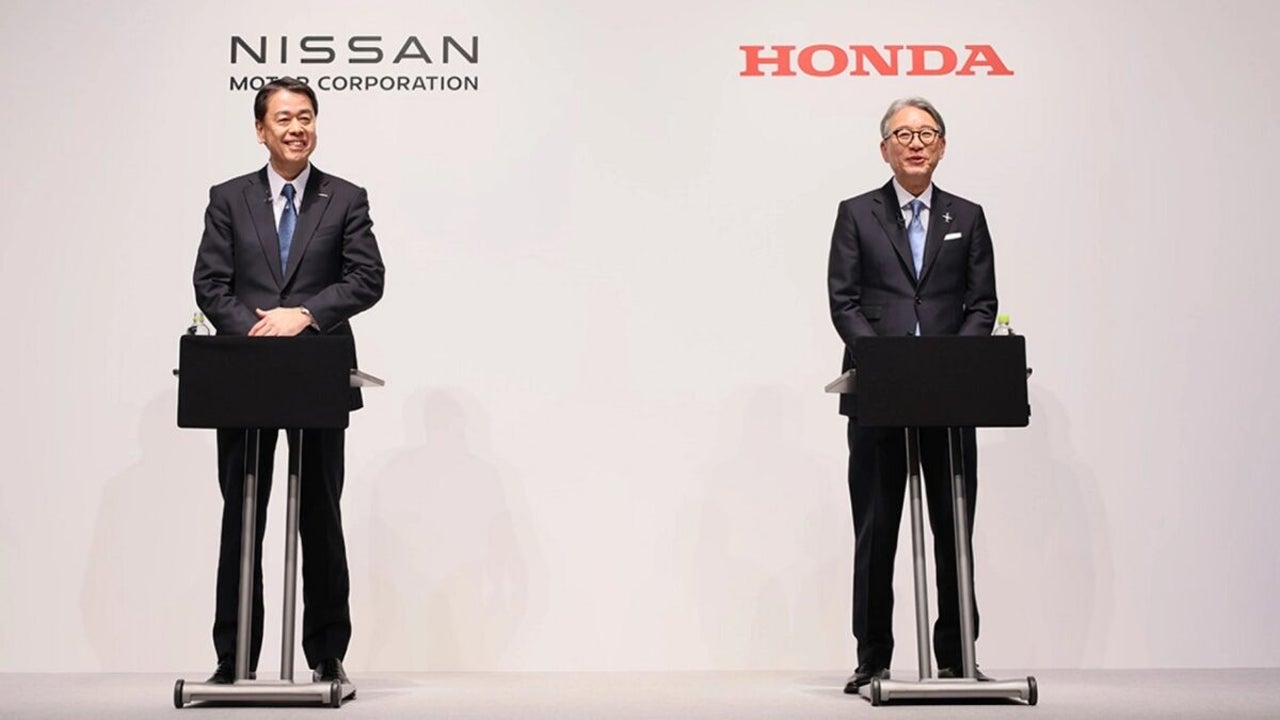Nissan, Honda, and Mitsubishi Explore Collaboration to Boost SUV Production
Nissan, Honda, and Mitsubishi are considering collaboration to enhance production efficiency and address rising costs in the competitive SUV market

- March 29, 2025
- Updated: March 29, 2025 at 8:00 AM

Nissan, Honda, and Mitsubishi are reportedly exploring potential collaboration opportunities as they seek to boost production volumes and lower costs in an increasingly competitive automotive market.
This initiative comes amid rising operational expenses and changing consumer preferences, particularly in the North American market where these brands have significant sales.
Both Nissan and Honda have popular SUV offerings in the United States. Honda’s Pilot, which is comparable in size to Nissan’s Pathfinder, has garnered attention for its spacious interior and versatile capabilities.
Experts suggest that joint ventures could involve shared platforms
Meanwhile, the Passport aligns closely with Nissan’s Murano in terms of dimensions and audience appeal. These overlapping models are predominantly purchased by American consumers, which raises the question of whether collaboration could create efficiencies in production and marketing.
Executives from the three automakers believe that by pooling resources and sharing technology, they could enhance their competitive edge in the SUV market. This collaboration could enable them to streamline operations and make better use of their manufacturing facilities, potentially leading to cost savings that could be passed on to consumers.
Moreover, the move aligns with broader trends in the automotive industry, as manufacturers increasingly seek strategic partnerships to address shared challenges such as electrification and advanced safety technologies.
While the specifics of the collaboration have yet to be detailed, experts suggest that joint ventures could involve shared platforms, co-development of new vehicles, or even combined supply chains to optimize resources.
As the automotive landscape continues to evolve, industry watchers will be keen to see how these three established brands navigate this potential partnership and position themselves for future growth in the U.S. market. Can their partnership reshape the competitive dynamics in the SUV segment? Only time will tell.
You may also like

Open UI 8: These are the changes we expect
Read more

Tesla Settles Wrongful Death Lawsuit Over Sudden Acceleration Incident
Read more

Tesla Set to Reveal Q1 2025 Financial Results Amid Delivery Drop
Read more

How to disable Gemini in Google Messages
Read more

Tesla Used Vehicle Prices Plummet Amid Surge in Sellers
Read more

Big Tech under scrutiny: who watches over the big tech companies?
Read more